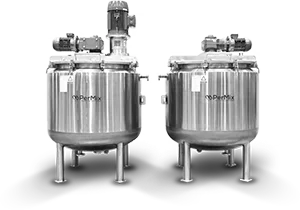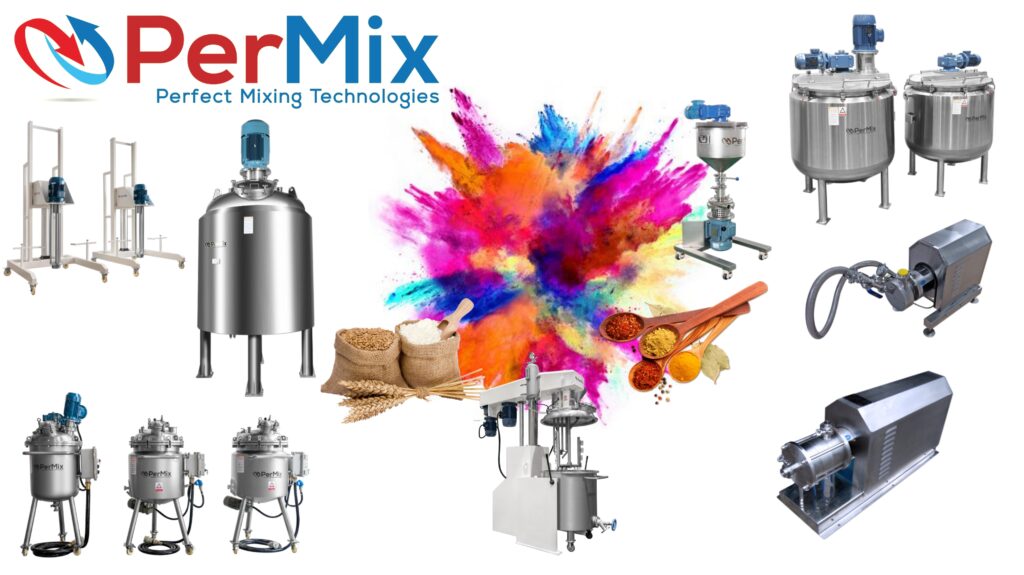Industrial Mixers
PerMix News & Updates



Powder Induction Techniques are crucial in various industries where powders are used for different purposes. In this blog, we will explore the different techniques used for powder induction, their benefits, and how they contribute to efficient and effective processes.
Powder induction is the process of incorporating powders into liquids to create a homogeneous mixture. This technique is widely used in industries such as food and beverage, pharmaceuticals, cosmetics, and chemical manufacturing. By properly inducing powders, companies can ensure consistent product quality, improved production efficiency, and reduced waste.
Traditionally, industries used manual methods for powder induction, such as hand mixing or simple agitation. While these methods may be suitable for small-scale operations, they can be time-consuming, labor-intensive, and prone to inconsistencies. In recent years, advancements in technology have led to the development of more efficient and automated powder induction techniques.
Inline powder induction systems are designed to streamline the powder induction process. These systems consist of specialized equipment that allows for the simultaneous introduction of powders and liquids. By utilizing high shear mixing, these systems ensure rapid and thorough dispersion of powders, eliminating the need for manual intervention and reducing processing time.
Vacuum powder induction is a technique commonly used in industries where air entrapment is a concern. By creating a vacuum environment, powders can be effectively drawn into the liquid, minimizing the risk of air bubbles and ensuring better product quality. This method is particularly useful for applications that require precise control over the consistency and texture of the final product.
Powder induction techniques offer several advantages for industries that rely on the incorporation of powders into liquids. Some key benefits include:
In conclusion, powder induction techniques play a vital role in industries that rely on precise and efficient incorporation of powders into liquids. From traditional methods to advanced inline systems and vacuum induction, companies have various options to choose from based on their specific requirements. By implementing effective powder induction techniques, businesses can achieve consistent product quality, improved efficiency, and reduced waste, ultimately leading to enhanced customer satisfaction and profitability.
#permix #mixers #mixing #powderinduction #powdermixers
